Vloggers in China has become so pervasive that even short-video platform Douyin extended video time limits to capitalise on the trend. According to a June 2018 report from China Internet Watch, Chinese adult consumers spend 58 minutes consuming online videos on mobile per day, while a 2019 study on digital in China from social media marketing agency We Are Social revealed that 89 per-cent of users watch online videos daily, and a higher percentage of people are watching video on mobile compared to those streaming TV, using mobile banking, or navigate with mobile map services.
As China’s netizens spend an increasing amount of time engaging with vloggers’ content to find out everything from where to eat to what makeup to buy, there’s real potential for brands to convert that engagement into sales. Bilibili is one of the most popular platforms for vloggers with Gen Z followers. In late 2018, Alibaba made a strategic investment in Bilibili and ever since then Bilibili has allowed direct links to Taobao.
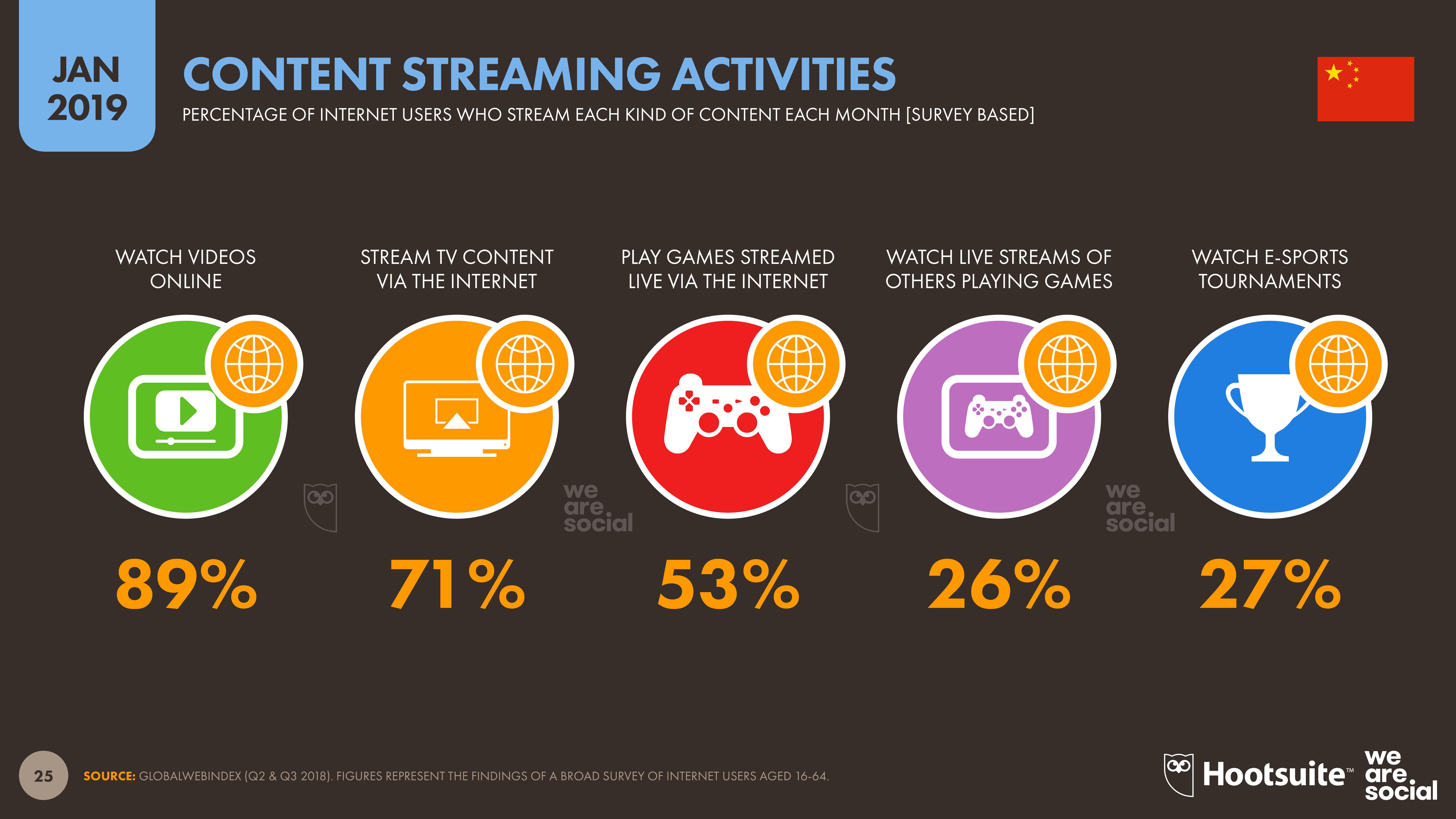
Video captures and communicates an influencer’s authenticity more dynamically than any other medium, and Douyin, Bilibili, and other video-friendly platforms have created space for vlogging influencers to engage dynamically with followers. But how can brands get their message across without deterring their audience with a hard sell? Marketers in China need to be prepared to adapt their message, tone, and tactics, and, above all, learn. Below are some best practices and tips on sponsoring vloggers in China.
#1 Find the Right Vloggers in China
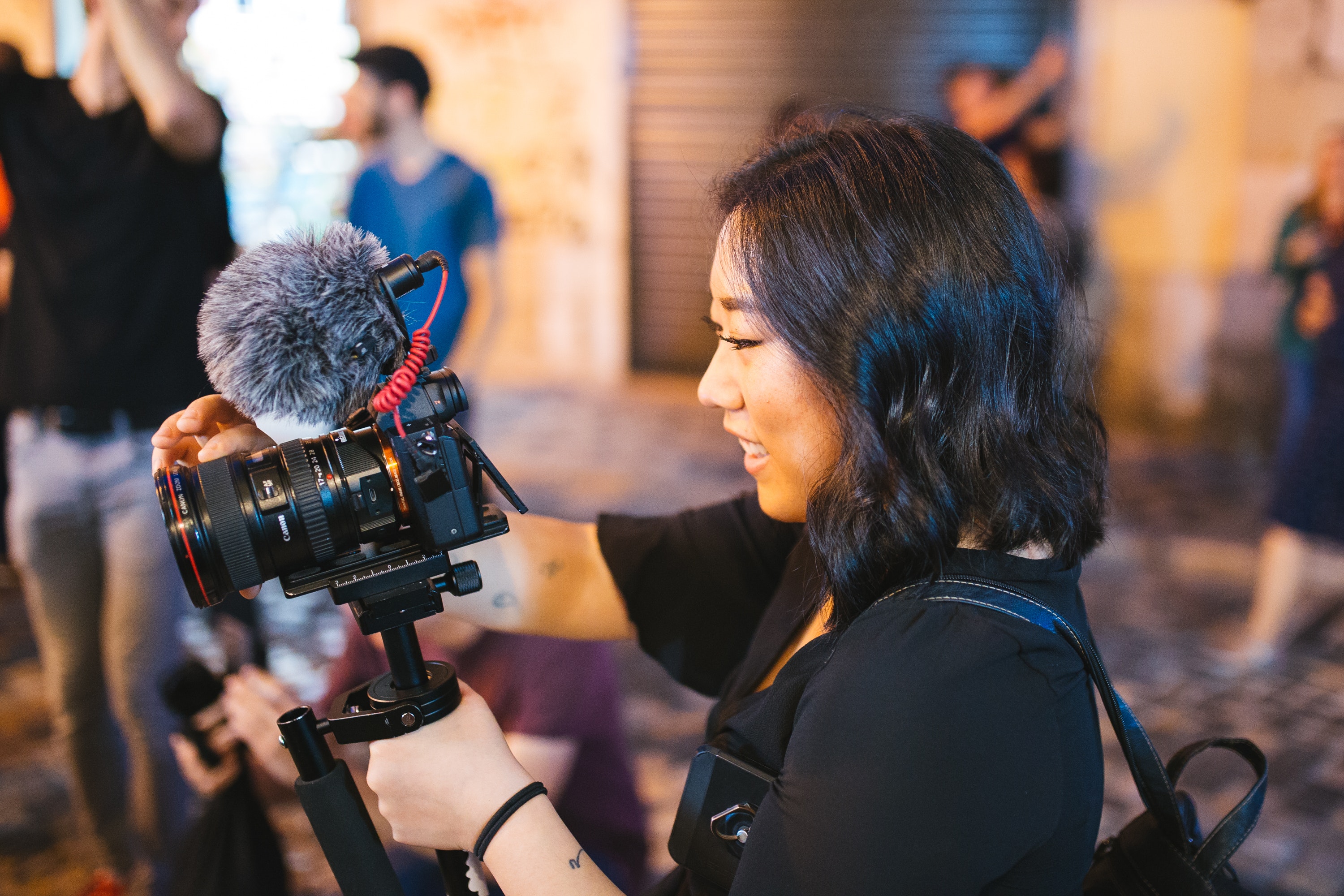
Sponsoring vloggers in China is a no-brainer in principle, but brands have to consider the details carefully. Brands and marketers shouldn’t assume that working with KOLs will be easy as it often is not. Some KOLs deliver results, and others do not, so brands need to spend time identifying and choosing suitable partners.
Consider:
- Timing – From generating initial qualified KOL lists to checking individual KOLs’ interest and availability can take weeks.
- Collaborations – Finding KOLs with vlog sponsorship case studies should be an important part of the vetting process.
- Audience – Most KOL data is quite light. So, use a KOL’s presence, content, and platform as an indicator of audience psychographics and demographics.
- Advertising – Sponsored vlogs are typically a practice in soft-advertising. Recognise that this isn’t, nor should it be, a hard sell.
Case study: Lazy Eazy
Up and coming Chinese pet clothing brand Lazy Eazy recently launched their first vlog on their official WeChat account, featuring a somewhat unlikely but clever collaboration with a Shanghai-based restaurant Fine Cafe & Canteen Minna. In the eight-minute video, vloggers brought their cats, modelling a Lazy Eazy jacket (product seeding) to the restaurant, while the vlogging hosts spend time reviewing a spread of desserts, salads, entrees and drinks that they’ve placed bets will appeal to their dog and cat-loving audience.
Brands should spend time on the platforms they aim to see their content posted to and start to identify potential influencer partners. Among the influencer attributes to look for, brand mentions are key because a influencer who has already demonstrated enthusiasm for a brand could be the ideal advocate. Then, it’s important to consider whether the content and tone of their vlogging line up with the brand’s values. For example, male fitness and lifestyle influencer Su Yulie tends to connect with his audience by breaking influencer norms when creating his videos, shunning styling, makeup, and editing for content that’s raw and imperfect. Brands should reach out to the influencers they are interested in working with and ask them questions to try to get a feel for what it will be like working with them.
Follower numbers, engagement rates and the type of video content influencers typically post are key, but brands should also note the demographics of the influencer’s followers. Follower numbers are not everything: a vlogger with highly engaged followers whose profile aligns closely with a brand’s target audience could be a more effective partner than even a celebrity.
#2 Consider Vlogging Budgets
Of course, vloggers don’t work for free. Vloggers in China with smaller follower numbers and less influence may accept product seeding or invitations to experience a brand’s service in return for posting video content mentioning the brand, but to really see results brands will have to open their wallets. There are various ways they can set fees with KOLs, but the most common arrangement is to pay per video post.
Consider:
- Middle-men – The single biggest factor affecting vloggers’ price will be the number of agencies and MCNs tacking on fees. Typically, a brand will work with an agency, who will contact an MCN, who will then contact other MCNs to aggregate the appropriate group of KOLs. This process can add fees on top of fees on top of fees. It is a fallacy to believe that KOLs determine their own price, 90+% of China KOLs are signed with an MCN that sets all pricing.
- Graft – It is a common practice in China for Account Managers to “accept” a hongbao for placing a KOL in a campaign. Protect your brand by making sure all communication is transparent.
- Platform – KOLs roughly charge 2x the highest native advertising CPM rate of any given platform. Also, remember that not all platforms are created equal from e-commerce linking to core users.
- KPI – The key performance indicators laid out by a brand can dramatically affect the price. Work with partners to maximise KPI’s value.
Use PARKLU’s KOL Budget Calculator to get a sense of how much a campaign might cost across various platforms.
#3 Setting Vlogger Goals
The campaign brief can be the single most important step in the process of sponsoring vloggers in China. Start with finished by asking “What does success look like”? Is the priority to sell, to build a community, or create a piece of re-purpose-able content? The brief will become the blueprints of collaboration. Remember rubbish in, rubbish out.
Consider:
- Format – Platforms, lengths, logos, fonts, aesthetics, story, etc.
- Brand – Detail exactly how should the brand and or products be presented in the vlog and especially in the video text including #s, brand account shoutout, and e-commerce links.
- Schedule – When does the vlogger need to submit the first draft, publishing timeline, and what are the reporting expectations.
- Don’ts – List all of the things the vlogger should not do, such as feature a competitor or delete the post after some period of time.
Brands should keep in mind the specifics of the platforms they intend to use and make sure the vlogger’s obligations are clearly outlined before work starts.

Top Travel KOL Vlogger Ariel Chen
Case study: Australia Travel Year
Platforms tend to support and promote vloggers in China that work around more specific events. For example, travel KOL vlogger Ariel Chen created travel vlogs in Australia knowing that Weibo was running a year-long campaign promoting travel to the country. This gave her and the brands that collaborated with her a huge advantage when it came to generating exposure.
This type of content can also be evergreen. Make sure to agree with the influencer beforehand to have rights to re-purpose the content across brand accounts and on your website or e-commerce shop.
#4 Go Vlogger Native
As with all content in China, brands must resist the temptation to replicate content that has worked in other markets. Marketers should avoid making assumptions about Chinese culture or what audiences will find humorous or entertaining—although not vlog content, last years’ Dolce & Gabbana disaster offers a cautionary tale.
In any case, creative judgements should largely be trusted to a brand’s vlogging partners. Vloggers in China have built their followings around a certain tone and aesthetic, and they know what moves their audience. Brands should, by all means, consult with them and communicate what they want, but without dictating or influencing the content too heavily—on Chinese social media, netizens are quick to call out influencers who are compromising on authenticity.


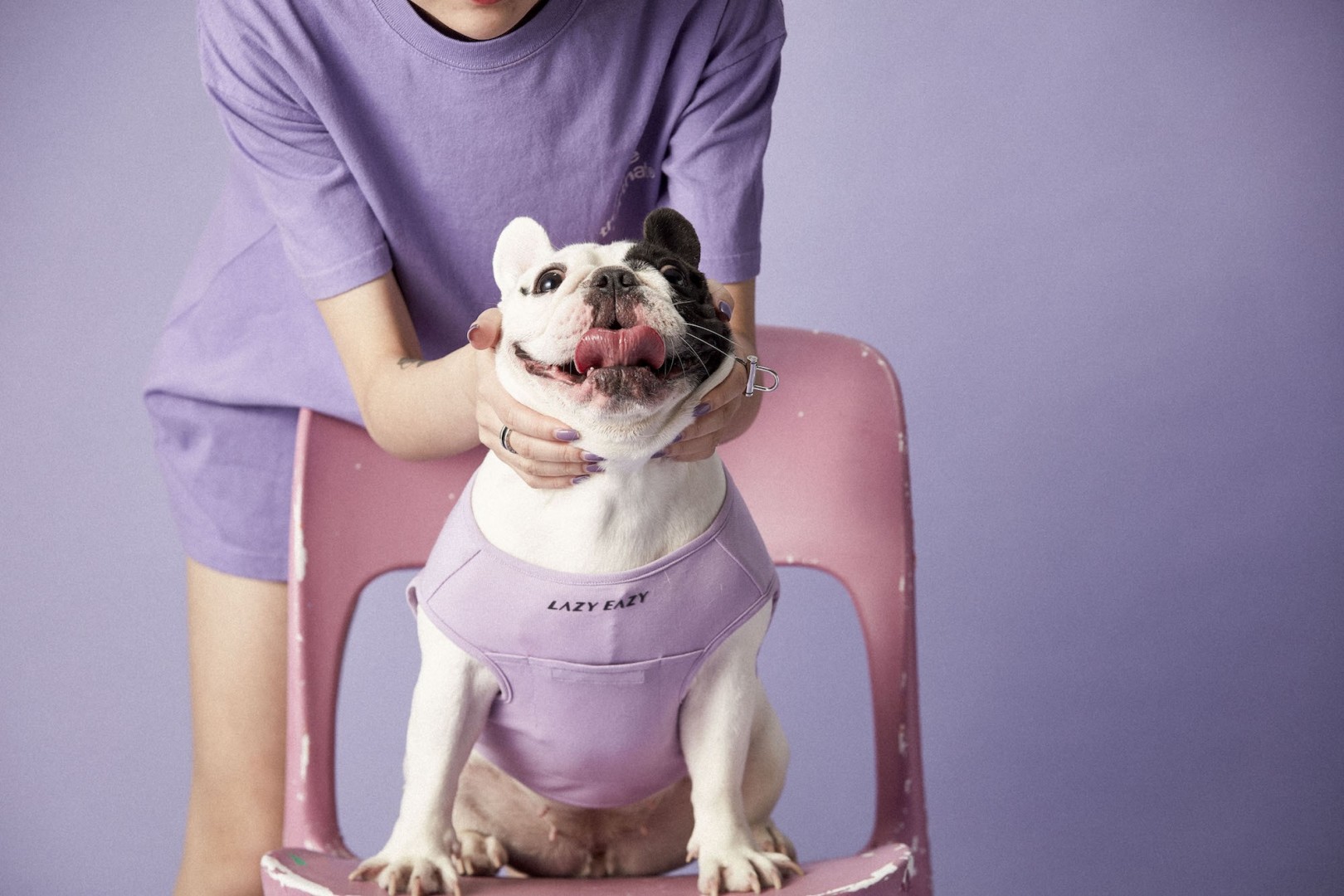
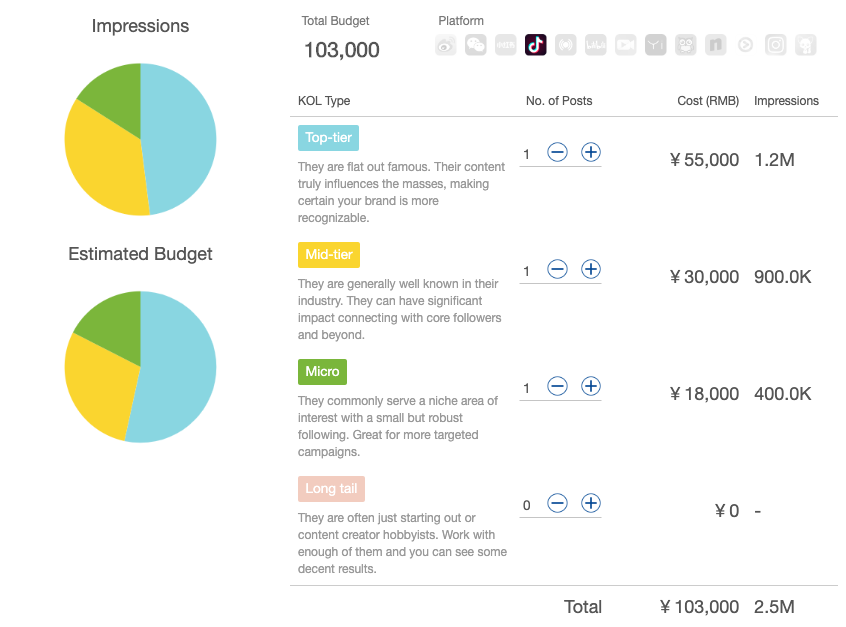



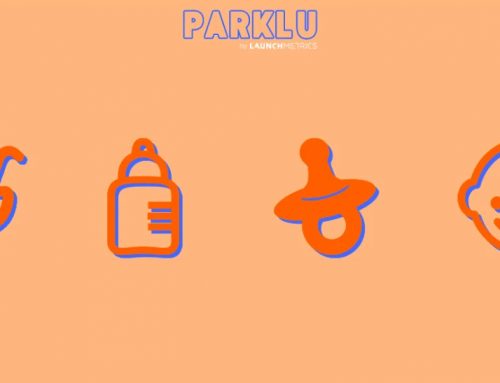
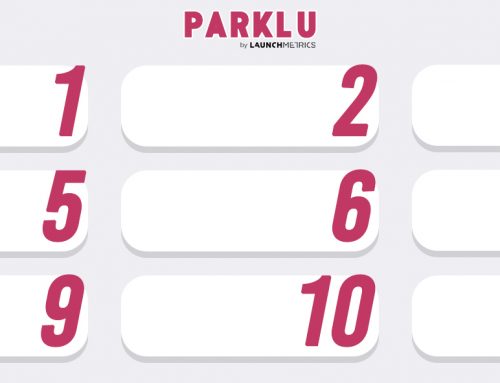


Leave A Comment